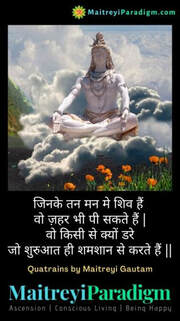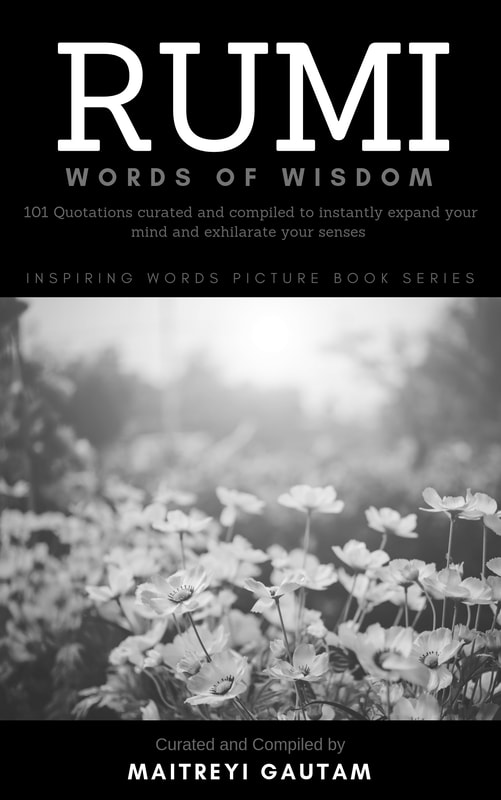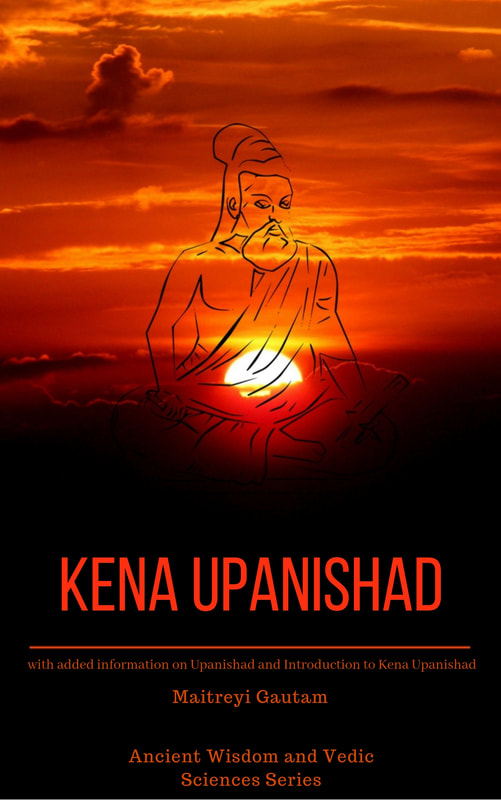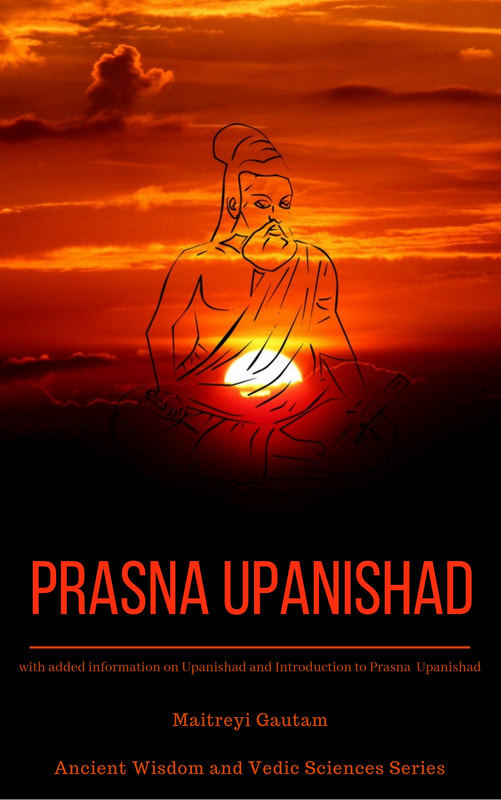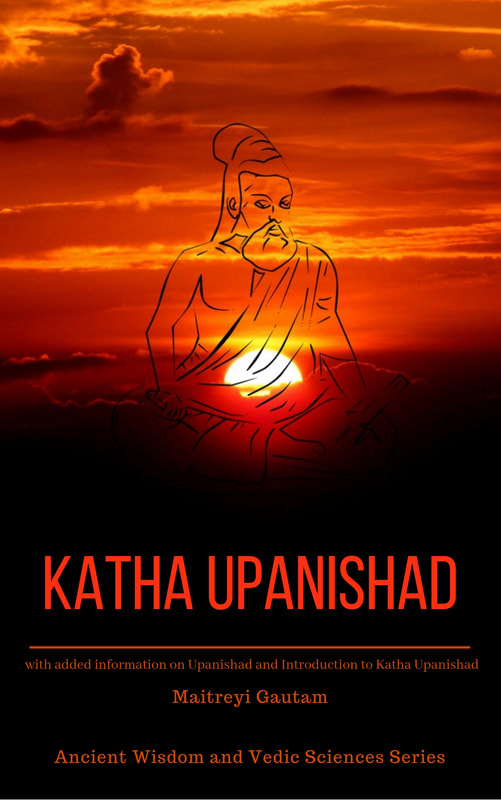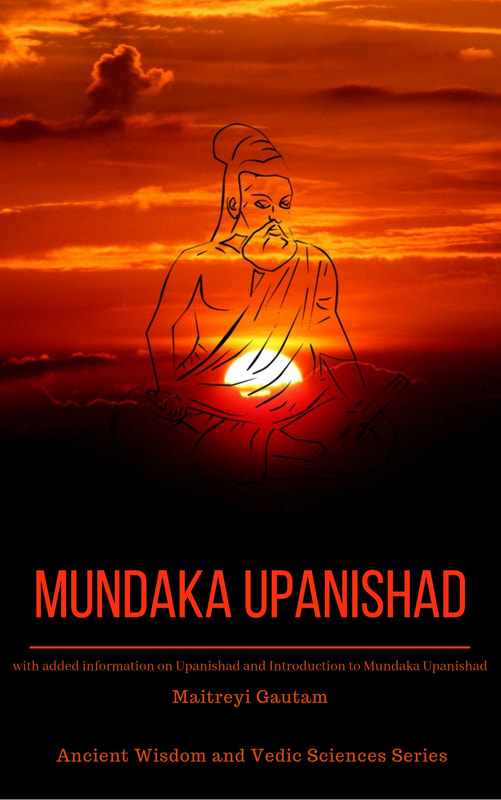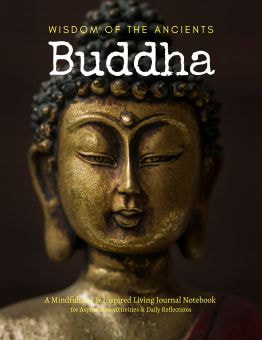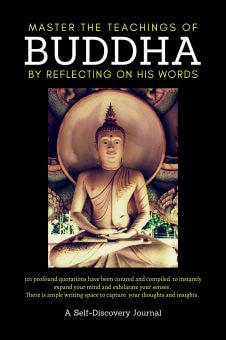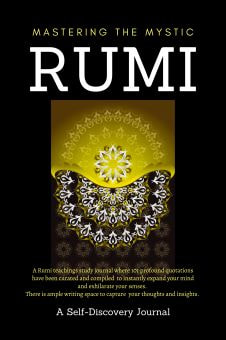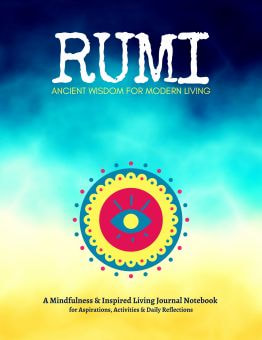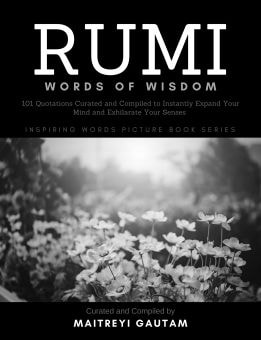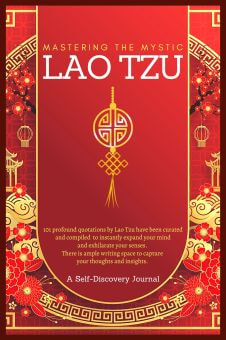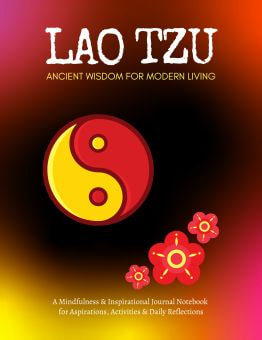The Skanda Shashti is also known as Kanda Shashti. It is observed on the sixth day of the waxing moon each month and is observed with great zeal, especially in South India. Shukla Paksha Shashti during lunar month of Kartika is particularly considered very significant and is celebrated with even more devotion and fervor.
The spiritual significance of Skanda Shashti includes:
- Celebration of Good Over Evil: Skanda Shashti commemorates the victory of Lord Murugan over the demon Soorapadman. This victory symbolizes the triumph of good over evil, light over darkness, and wisdom over ignorance. Devotees celebrate this day to remind themselves of the importance of eliminating negative traits and fostering positive virtues.
- Devotion and Faith: The festival is a time for devotees to express their devotion and faith in Lord Murugan. Many undertake fasting, perform special pujas (rituals), and visit temples dedicated to Lord Murugan. This devotion is believed to bring blessings, spiritual growth, and the grace of the deity.
- Spiritual Cleansing and Penance: Fasting during Skanda Shashti is considered a form of penance and spiritual cleansing. It is believed that by observing fasts and engaging in prayers, devotees can purify their minds and bodies, thus getting closer to attaining spiritual enlightenment.
- Seeking Divine Protection and Guidance: Lord Murugan is revered as a divine warrior and protector. Devotees seek his blessings for protection from evil forces and guidance in their spiritual journey. The festival is an occasion to pray for physical and spiritual well-being.
- Moral and Ethical Teachings: The legends associated with Skanda Shashti impart important moral and ethical teachings. The stories of Lord Murugan's courage, wisdom, and compassion inspire devotees to imbibe these qualities in their own lives.
- Community Bonding and Cultural Preservation: Skanda Shashti provides an opportunity for community bonding. The communal celebrations, processions, and cultural events that take place during the festival strengthen communal ties and help preserve cultural and religious traditions.
Basically, Skanda Shashti is not just a religious festival but a spiritually enriching experience that reinforces the principles of righteousness, devotion, and the pursuit of spiritual growth.



